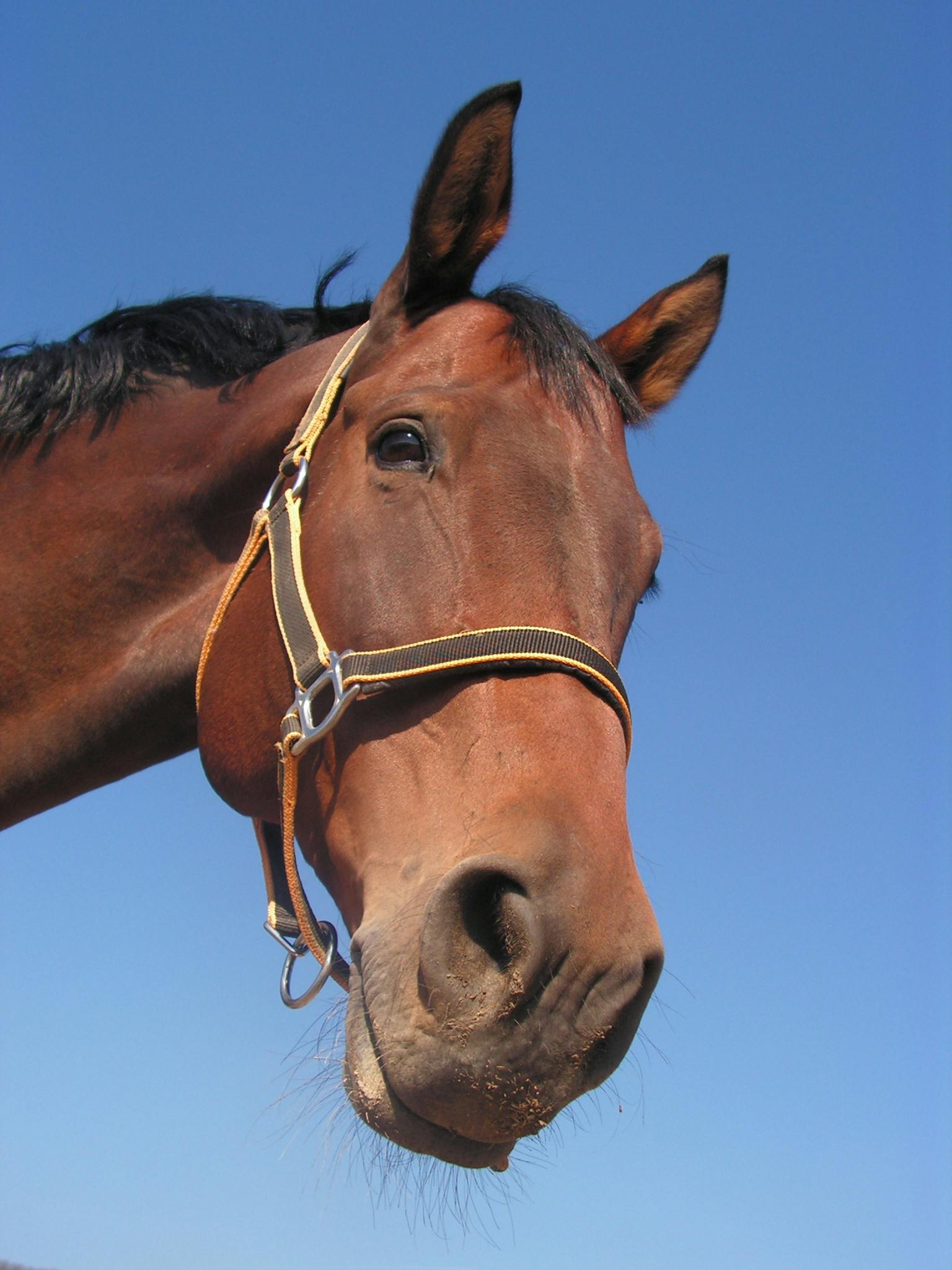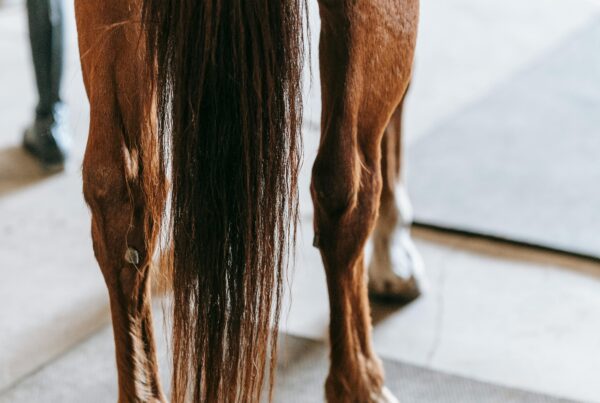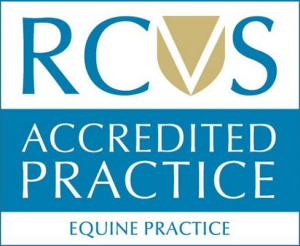Colic, or abdominal pain, is one of the most common emergencies seen by our equine vets. Of this, spasmodic, or gassy colic is most common, followed by pelvic flexure impactions. In this blog, we will discuss the pelvic flexure, why it can cause problems and what we can do to help.
What is Impaction Colic?
In the digestive tract of the horse, the large colon is approximately 3-4 meters long. To fit into the abdomen, it takes a series of folds, one of which is called the pelvic flexure. At this point, the colon narrows and turns back on itself, making it a place where food slows down and can develop into an impacted mass of ingesta (food material) that is difficult for the horse to pass. This leads to a build-up of gas and fluid behind the impaction, which can cause pain and the signs of colic.
What are the symptoms of impaction colic?
Horses suffering from an impaction tend to show mild to moderate abdominal pain, so they may be quiet, roll, look at and kick at their abdomen. They will sometimes lie down for long periods of time and are often off their food. They will also have a reduced faecal output, so you will typically notice fewer plies of manure, although this can be hard to spot if they are in a field with lots of other horses. Some horses will just seem a little “off”.
How is impaction colic diagnosed?
As part of the examination, our vets will take a full history to determine any potential causes and to get a good understanding of your horse’s general heath and any medication that they may be on. They will then perform a complete clinical check-up, which usually includes a rectal examination. To prepare your horse for this, the vet may give some sedation and a drug to relax the muscles of the digestive tract. In addition to this, in some cases, the vet may pass a stomach tube to see if there is a lot of fluid in the stomach. Most cases of pelvic flexure impaction can be diagnosed based on clinical signs and rectal findings.
What is the treatment?
Once a diagnosis has been made, vets typically treat this condition with a combination of drug therapy and management; the exact details will depend on the specific case. Injectable Non-Steroidal-Anti-inflammatories such as flunixin or phenylbutazone will usually be used to control pain. Other medications may be used to relax the bowel, although these are used cautiously in an impaction, as too much relaxation may worsen the blockage. Sometimes the vet will pass a stomach tube to administer fluids, water and electrolytes, to the horse to try to hydrate the impaction and make it easier to pass. Oral laxatives (for example Epsom salts, or liquid paraffin) may also be used by stomach tube, to help carry rehydrate and lubricate the impaction, to help it clear.
Vets will advise on feeding – usually the horse should not be fed until the impaction starts to pass, but a few mouthfuls of grass every hour or so may be helpful. Gentle exercise can help the guts to start moving, but this will depend on circumstances and if it is safe to walk the horse.
Most horses will improve over a short time, usually 24 hours, with medical management alone. Very occasionally, if the horse does not respond to pain relief, or becomes excessively dehydrated, referral to a hospital may be necessary, but these are very much the exception to the rule. It is rare for horses with a simple pelvic flexure impaction to need surgery, this would only be the case if pain cannot be controlled or if part of the intestine moves into the wrong place, known as a displacement. The vets will continue to monitor your horse until they show signs of improvement.
How can impaction colic be prevented?
While colic is never completely preventable, some factors may increase the risk of pelvic flexure impactions.
Reduced water intake can increase the risk, which is particularly relevant to this time of year when horses may drink less when their water is cold or frozen. Reduced drinking will allow the ingesta in the gut to dry out and make it more likely to impact. Reduced exercise, especially when horses that are usually turned out are confined to a stable for long periods of time, may reduce gut motility, making it harder for food to move through the digestive tract. Certain types of forage, such as straw, may make impactions more likely. Dental problems, such as missing teeth may also increase the risk.
Bearing these risk factors in mind, we can take some steps to reduce the chance of an impaction. Any dietary changes should be made gradually, and water should be checked at least twice a day. It is a good ideal to offer warm water, while it won’t stay warm for long, it could help to encourage intake. When horses are stabled for long periods of time they should be at least walked out, if there is no underlying reason like lameness or laminitis. Sloppy wet feeds will also help to increase fluid intake. In addition to all the above, it is important to make sure you can check on faecal output. If your horse has passed fewer piles of manure overnight, then there is a chance that an impaction may be developing.
It is important to remember that all cases of colic are an emergency. Some cases, like pelvic flexure impactions, usually respond well to medical management, but the prognosis is better if they are seen earlier. If you suspect your horse may be suffering from colic, or simply isn’t themselves, please call the clinic immediately, we would much rather see these cases at an early stage. If you have any questions about colic or management of your horse during winter or while on box rest, please contact the practice where our vets will be happy to help.









